Did you know that the Nederlandse Kooikerhondje, a Dutch hunting breed, was once so prized that it nearly went extinct during World War II before being revived by dedicated breeders? Dutch hunting dogs may not always be in the limelight, but they carry centuries of history, skill, and loyalty.
These breeds, developed for tracking, retrieving, and even luring ducks into traps, have long been essential to hunters while also proving to be affectionate companions at home.
Dutch hunting dogs are a fascinating mix of athleticism and charm. They are bred to be agile in the field yet gentle and affectionate with their families. Whether it’s the intelligent Drentsche Patrijshond or the lively Nederlandse Kooikerhondje, these breeds stand out for their versatility.
Whether you’re an outdoor enthusiast or a dog lover fascinated by history, this guide will introduce you to the incredible world of Dutch hunting dogs and what makes them so special.
Dutch Hunting Dog Breeds
1. Drentse Patrijshond
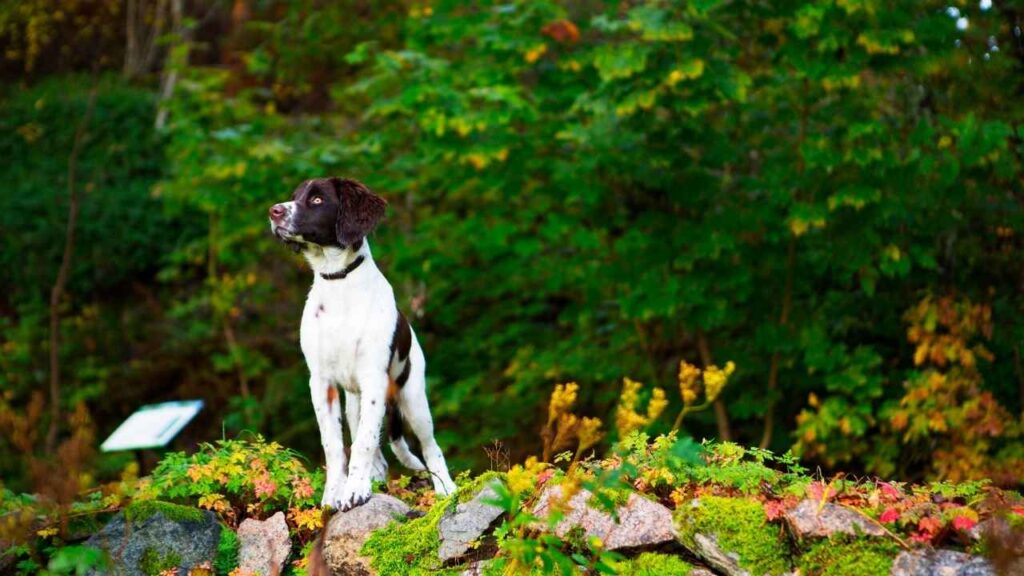
Despite its gentle nature, the Drentse Patrijshond, also known as the Dutch Partridge Dog, possesses a strong-willed personality that can sometimes be mistaken for stubbornness. Originally bred for hunting in the Netherlands, this intelligent and versatile breed has a keen prey drive, making it a persistent tracker.
While they are typically friendly and loyal to their families, their independent streak means they require firm, consistent training to channel their energy productively. As a medium-sized breed, the Drentse Patrijshond thrives on physical exercise and mental stimulation. Without adequate activity, they can develop destructive tendencies and territorial behaviors.
Though not naturally aggressive, their strong desire to protect their home can lead to wary behavior around strangers. Socialization from an early age is crucial to ensuring they remain well-mannered and adaptable in different environments.
Their history as both a hunting dog and a farm dog has shaped their instincts, making them highly alert and responsive to their surroundings. This vigilance makes them excellent watchdogs. Their loyalty to their owners is unmatched, and with the right training, they can be affectionate family dogs.
While they are generally friendly toward other animals, their strong prey drive means they may not always get along with smaller pets. Early introductions and consistent training help them coexist peacefully with other animals. As part of the Dutch hunting dog breeds, the Drentse Patrijshond is an energetic and determined breed that needs a dedicated owner.
Their thick, medium-length coat requires regular grooming to keep shedding under control. With the right care and training, they can be an excellent addition to active households.
2. Wetterhoun
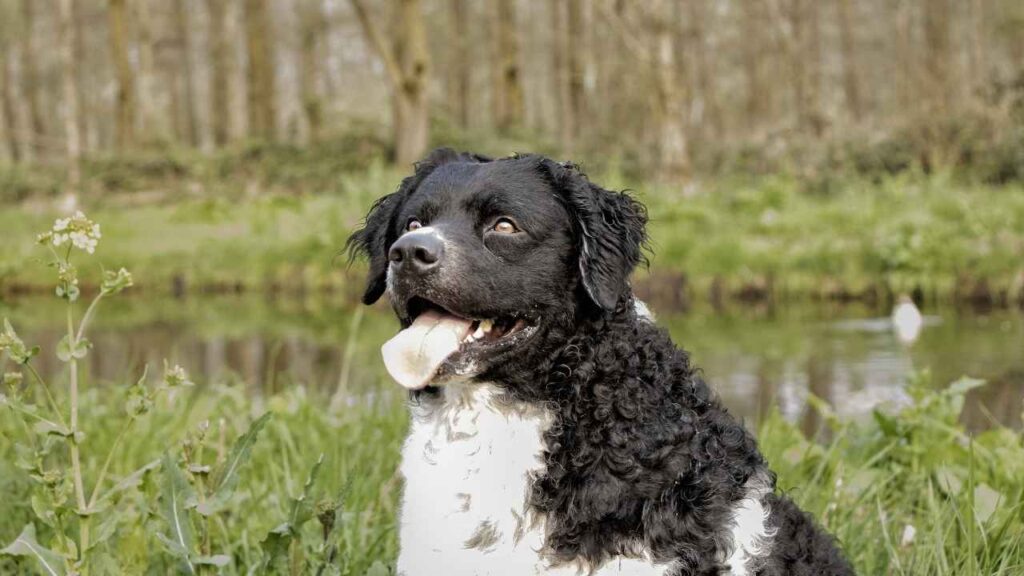
The Wetterhoun, or Frisian Water Dog, is a rare breed from the Netherlands, originally bred for hunting and guarding. This strong-willed and independent dog is highly protective, making it an excellent guard dog. While they are deeply loyal to their families, they can be reserved and even suspicious of strangers, a trait that can be mistaken for aggression.
Proper training and socialization are essential to prevent them from becoming overly wary. A powerful and muscular breed, the Wetterhoun was historically used for hunting otters and other water-based prey. Their prey drive remains strong, and without proper control, they may display dominant behaviors.
They are not naturally aggressive but require a firm and confident handler to manage their independent temperament. As an active breed, the Wetterhoun requires regular exercise to stay physically and mentally balanced. Without enough stimulation, they may become restless or exhibit destructive habits.
Their intelligence makes them highly trainable, but their stubborn nature can make them challenging for first-time dog owners. Though they form strong bonds with their families, they are not always friendly toward unfamiliar dogs or other animals. Their guarding instincts make them excellent watchdogs, but they should be taught to differentiate between real threats and harmless visitors.

Their dense, curly coat provides protection from harsh weather but requires routine grooming to prevent matting. When properly trained, they make loyal, protective, and intelligent companions who excel in both hunting and guarding roles.
3. Dutch Smoushond
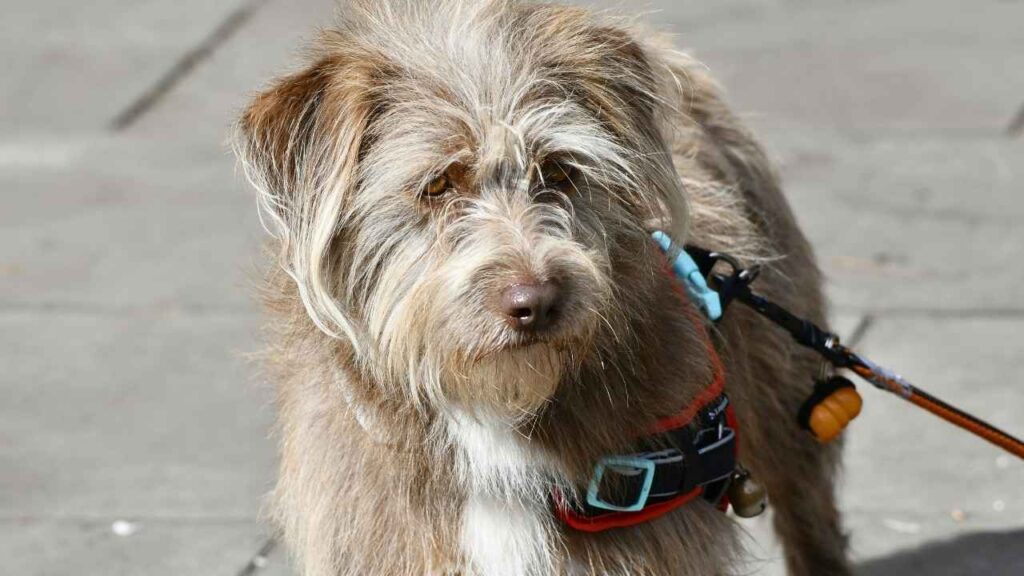
The Dutch Smoushond, often referred to as the “Dutch Ratter,” is a small yet spirited breed with a long history in the Netherlands. Originally bred as a stable dog to control vermin, this rare and elegant breed is intelligent, active, and highly affectionate with its family. While not known for aggression, their alertness and confidence can make them protective when necessary.
As a companion dog, the Dutch Smoushond thrives in an environment where they can interact closely with their owners. Thanks to their intelligence and eagerness to please, they respond well to training. However, without proper socialization, they may be reserved around strangers. Their adaptable nature allows them to fit into different lifestyles, making them a suitable pet for families and singles alike.
This breed requires moderate exercise and mental stimulation to stay happy and well-behaved. Their playful and lively demeanor makes them excellent partners for outdoor activities, but they also enjoy relaxing with their owners. Regular exercise is key to preventing boredom-related behaviors such as excessive barking or chewing.
With their rough-haired, shaggy coats, Dutch Smoushonds need regular grooming to prevent matting and keep their fur healthy. Despite their small size, they have a strong personality and need an owner who can provide consistent training and guidance. When properly trained, they are affectionate, loyal, and make wonderful family dogs.
4. Kooikerhondje
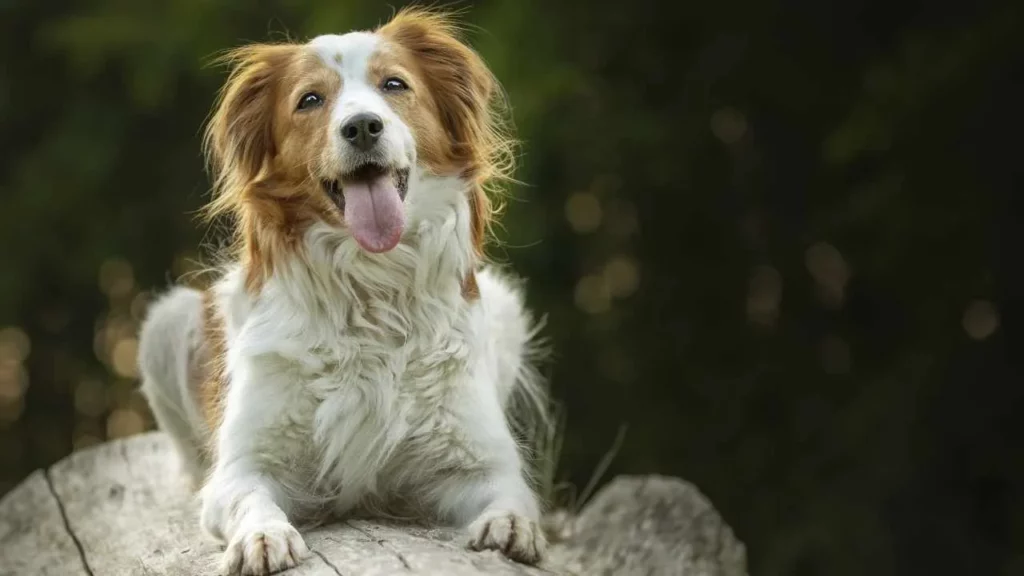
The Nederlandse Kooikerhondje, or simply Kooikerhondje, is a small yet athletic hunting dog breed with deep roots in Dutch history. Originally bred to lure ducks into traps, this intelligent and agile dog is known for its keen hunting instincts and affectionate temperament. While friendly with their families, they can be reserved with strangers, making early socialization essential.
Kooikerhondjes are highly trainable and excel in dog sports due to their high intelligence and strong desire to please. Their energetic nature requires regular exercise, such as long walks or agility training, to keep them mentally and physically stimulated. Without enough activity, they can become restless and develop stubborn behaviors.
WebMD claims that although they are not aggressive by nature, their strong prey drive means they may chase smaller animals. They generally get along well with other dogs when properly introduced. Their watchful and alert personality also makes them good watchdogs, though they are not excessive barkers.
Their medium-length, silky coat is relatively low maintenance but benefits from regular brushing to prevent tangles. With a combination of intelligence, agility, and loyalty, the Kooikerhondje makes an excellent companion for active households who can provide plenty of mental and physical stimulation.
5. Markiesje
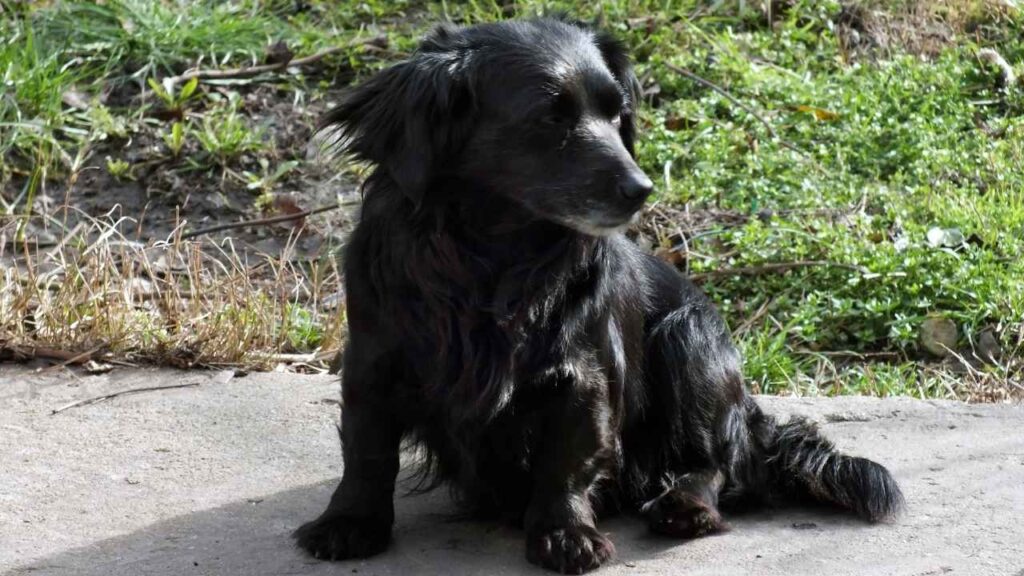
The Markiesje, a rare Dutch dog breed, is a small yet graceful companion dog known for its affectionate nature and elegant appearance. Originally bred as a lapdog, this breed is highly people-oriented and thrives on companionship. While not aggressive, they are alert and can be cautious around unfamiliar faces.
Markiesjes are intelligent and easy to train, making them ideal for first-time owners. Their adaptable nature allows them to fit into various lifestyles, whether in apartments or larger homes. They enjoy interactive play and mental exercise to keep them engaged and prevent boredom.
Despite their delicate appearance, Markiesjes are energetic and require daily exercise to stay fit and happy. They excel in dog sports and obedience training due to their eagerness to please. Their sociable nature means they usually get along well with other animals and children.
Their long, silky coat requires regular brushing to maintain its sleek appearance and prevent matting. With the right care and training, the Markiesje makes a devoted and affectionate companion for those looking for a loyal family pet.
Due to their deep bond with their owners, Markiesjes do not tolerate being left alone for long periods. They thrive in households where they can receive constant attention and companionship. If left alone too often, they may develop separation anxiety, making early training and socialization crucial for their emotional well-being.
6. Stabyhoun

The Stabyhoun, one of the Netherlands’ most versatile and rarest breeds, is a medium-sized hunting and working dog. Originally bred for hunting and farm work, they are known for their intelligence, loyalty, and strong work ethic. While not naturally aggressive, their guarding instincts make them protective of their families.
Stabyhouns are highly trainable and excel in obedience, tracking, and agility. Their strong desire to please makes them responsive to positive reinforcement training. Early socialization is important to ensure they are well-mannered and adaptable to different environments.
They require regular physical and mental stimulation to prevent boredom and destructive behaviors. Their hunting background means they have a strong prey drive, so training and supervision are necessary around smaller pets.
Their thick, water-resistant coat requires occasional grooming to keep it in good condition. With their affectionate and intelligent nature, Stabyhouns make excellent family companions, excelling in both work and play when given the right guidance and environment.
Despite their working-dog origins, AKC states that Stabyhouns are incredibly gentle and known for their affectionate bond with children. Their calm and friendly nature makes them excellent additions to family homes, provided they receive enough activity and engagement to keep their minds stimulated.
7. Saarloos Wolfdog
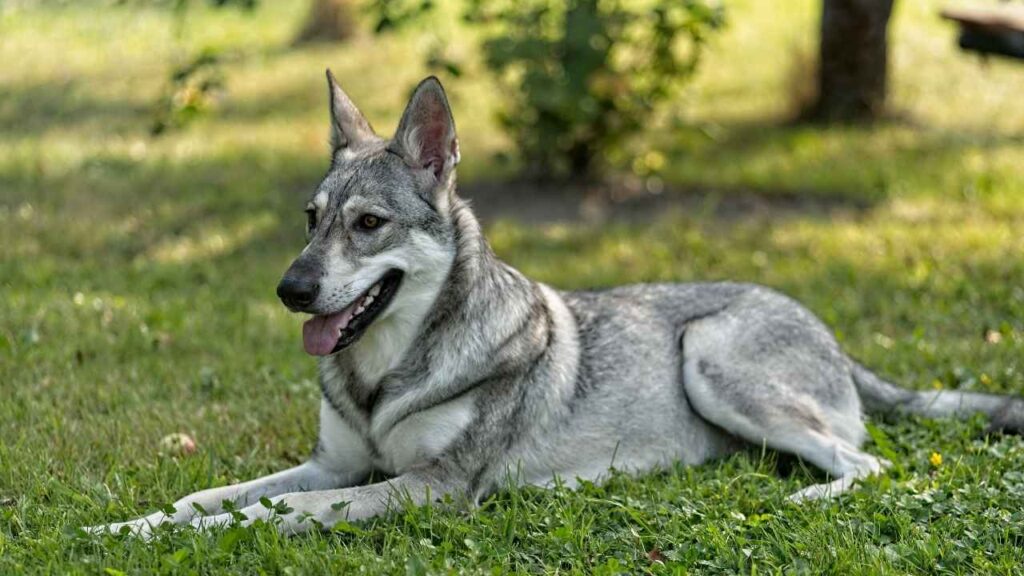
A striking mix of wolf and dog, the Saarloos Wolfdog is an energetic and independent breed originally developed in the Netherlands. This breed was created in the 1930s by crossing a German Shepherd with a Eurasian grey wolf, resulting in a dog with a strong, wild appearance and an instinct-driven temperament.
While its origins lie in working roles, the Saarloos Wolfdog is more suited as a companion for experienced owners than a traditional hunting dog. Known for its high energy and strong-willed nature, the Saarloos Wolfdog thrives in environments where it has plenty of space to roam.
It requires consistent training and socialization from an early age to develop into a well-mannered companion. Despite its independent streak, it is incredibly loyal to its family and tends to form strong bonds with its owners, though it can be reserved around strangers.
Physically, this breed boasts a lean, muscular build with a dense coat that closely resembles its wild ancestors. Its fur, typically in shades of gray, brown, or white, provides excellent protection against harsh weather conditions. Its almond-shaped eyes give it a keen, intelligent expression, reinforcing its wolf-like appearance.
When it comes to training, patience and positive reinforcement are key. The Saarloos Wolfdog is not ideal for first-time dog owners, as it has a strong prey drive and an independent mindset that can make training challenging. However, with proper guidance, this breed can excel in activities that engage its natural instincts, such as tracking and endurance-based exercises.
For those seeking a unique and loyal companion with a touch of the wild, the Saarloos Wolfdog offers an extraordinary mix of intelligence, independence, and devotion. While it may not be a traditional hunting breed, its physical prowess and keen instincts make it a fascinating addition to any experienced dog owner’s life.
Conclusion
Dutch hunting dog breeds offer a remarkable blend of intelligence, loyalty, and versatility. In the dog world, these breeds stand out for their combination of working instincts and affectionate companionship.
From the vigilant Drentse Patrijshond to the energetic Kooikerhondje, these breeds embody a rich history of companionship and skill. Whether serving as agile hunting partners, steadfast guardians, or loving family companion, each Dutch breed brings a unique personality and purpose to the table.
While some breeds, like the Wetterhoun, excel in guarding and protection, others, such as the Markiesje and Dutch Smoushond, thrive as affectionate companions. Their distinct temperaments make them well-suited for a variety of homes, from active families to dedicated working environments.
However, all share a common need for engagement, exercise, and proper training to reach their full potential. Choosing a Dutch dog means welcoming a devoted and capable companion into your life.
Their strong work ethic and affectionate nature ensure that they form deep bonds with their owners. With the right training, care, and attention, these breeds can provide years of joy and unwavering loyalty.
Whether you’re an avid hunter, a dog sports enthusiast, or simply seeking a loving companion, Dutch hunting dogs offer a perfect balance of tradition, skill, and companionship. If you’re considering one of these breeds, be prepared to embrace their energy, intelligence, and dedication—they are sure to leave a lasting paw print on your heart.


